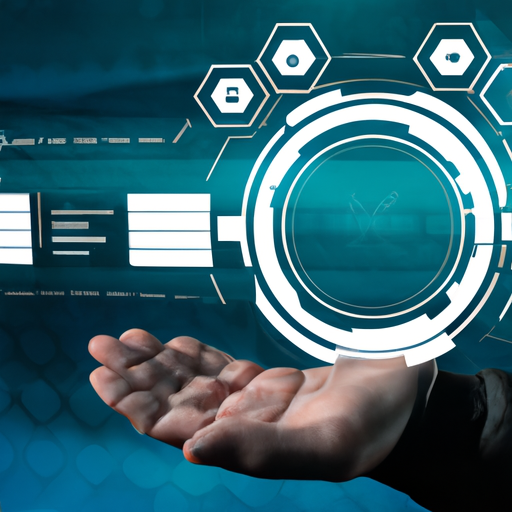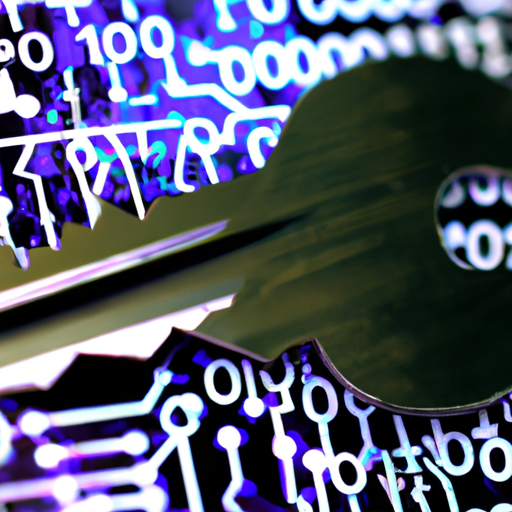In today’s digital age, Artificial Intelligence (AI) is rapidly transforming various industries, and customer support is no exception. Businesses are increasingly turning to AI solutions to enhance their support systems, improving efficiency and customer satisfaction. In this blog post, we will delve into how AI is revolutionizing customer support and what it means for the future of customer service.
1. The Rise of AI in Customer Support
As competition intensifies, companies are seeking innovative ways to meet customer expectations. AI technologies, such as chatbots and automated response systems, are becoming essential tools in customer service strategies. They provide 24/7 support, handle basic inquiries, and free up human agents for more complex issues.
2. Enhancing Customer Experience with AI
AI applications in customer support drastically enhance customer experience. By providing instant responses and personalized interactions, AI can resolve issues quickly and efficiently. Features like predictive analytics allow businesses to anticipate customer needs and tailor their services accordingly, ensuring a positive interaction every time.
3. Cost Reduction and Operational Efficiency
Utilizing AI in customer support not only enhances customer satisfaction but also reduces operational costs. By automating repetitive tasks, businesses can save time and resources, allowing human agents to focus on intricate problem-solving tasks. This optimized workflow can lead to significant cost savings while maintaining high-quality service.
4. The Power of Chatbots
Chatbots are perhaps the most recognized form of AI in customer support. These virtual assistants can answer queries, provide information, and assist with transactions within seconds. With advancements in machine learning, chatbots are becoming more adept at understanding and processing customer inquiries, making them a valuable asset to any customer service team.
5. Future Trends in AI Customer Support
As technology continues to evolve, the capabilities of AI in customer support will only grow. Expect to see advances in AI that include:
- More sophisticated natural language processing (NLP) for better understanding of customer queries.
- Increased integration of AI with customer relationship management (CRM) systems.
- Deeper data analysis for enhanced personalization and predictive abilities.
Conclusion
The integration of AI in customer support is not just a trend, but a necessity for businesses aiming to improve their service delivery and customer satisfaction. By leveraging AI technologies, companies can ensure they are equipped to meet the demands of modern consumers, paving the way for enhanced relationships and increased loyalty. Embrace the future of customer support with AI and watch your business thrive!
For more insights on customer support innovation, stay tuned to our blog!











